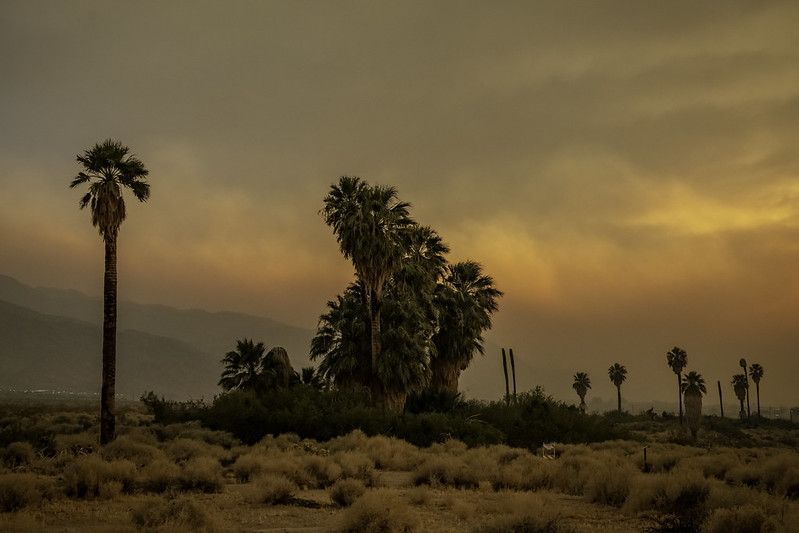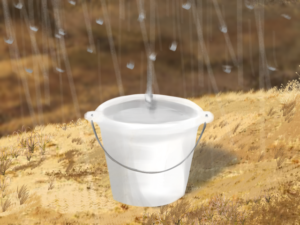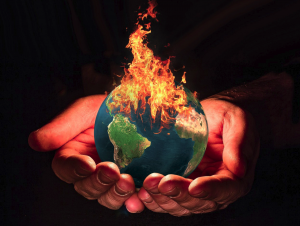Particulate matter makes sunsets pretty, but not vivid
May 9, 2023
In fall of 2020, California skies were stained red due to the smoke from the fires burning all across the state. The smoke gave the skies a dull, maroon hue. It was one of the most prominent examples of how extreme weather events can alter our surroundings, but how can they affect daily occurrences like sunrises and sunsets?
Not as much as one would think. Although extreme weather events like volcanic eruptions have been known to produce brilliant sunsets due to the increased emissions of particulate matter, their presence doesn’t always mean prettier skies.
Generally, the color of the sky is determined by the interaction between ultraviolet light and air molecules in the lower troposphere. This selective scattering of light due to different wavelengths of each color is known as Rayleigh scattering. In the daytime, the angle of the sun allows mostly blue light wavelengths through the atmosphere, which gives us the blue sky we see everyday. But when the sun rises or sets, different colors arise.
“At sunset and sunrise, the angle at which sunlight enters the atmosphere is significantly changed, and most of the blue and green (shorter) wavelengths of light are scattered even before reaching the lower atmosphere, so we see more of the orange and red colors in the sky,” Ada McVean of McGill University wrote.
Besides the nitrogen and oxygen that make up our atmosphere, particulate matter like dust and smoke can scatter these wavelengths and bring out red skies instead of cooler colors like blue and purple.
Simply put, some particulate matter can make the sunset vivid by making it more red. However, there’s visible smog above cities that experience the worst pollution: Chad, Iraq and Pakistan. The presence of volatile organic compounds in those cities mostly just produce photochemical smog, not redder sunsets.
The increased presence of large particulate matter in the atmosphere has been associated with accelerated combustion of fossil fuels. Once in the atmosphere, these particles selectively scatter different wavelengths of light based on the size of the particles in comparison to the wavelength. However, the effects are more likely to be seen at sunset more than any other time of day due to the longer distance that light has to travel through the atmosphere.
“Particulate matter causes light to be refracted differently based on how the light is coming through. The reason why you see it more at sunset is because it has to come through the entirety of the distance of the planet. Whereas if you’re looking straight up in the middle of the day, you’ve only got so much atmosphere,” AP Environmental Science teacher Heida Shaw said. “It’s not that there’s more particulates at sunset. It’s just that you’re seeing more because the light is refracting off of those particulates that are in the atmosphere.”
Large particulate matter present in industrial smog over cities like Los Angeles is more likely to make the sunset hazy instead of colorful due to its absorption and relatively equal scattering of light. So as air pollution ramps up and more large particulates are released into the atmosphere, sunsets over cities might become more red but more hazy.
According to the Environmental Protection Agency, the area burned by California wildfires each year has been increasing since 1950. Wildfires destroyed 4.3 million acres of land in California in 2020, which was the worst year on record so far. Consequently, wildfire smoke pollution has skyrocketed too. Besides the way that smoke pollution blurs the skies, it could also aggravate health problems and cause breathing difficulties and lung and cardiac illnesses.
“Anyone in the Bay Area in 2020 remembers the ‘orange sky day’ — the day the smoke from large wildfires elsewhere in the state choked out the sun and turned the sky a dusky red-orange color from morning to night,” Oakland resident Carley Davenport stated for New York Times.
So as California approaches its next wildfire season, be prepared for briefly bright, reddish sunsets before the haze sets in.





